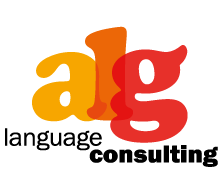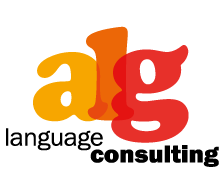When we are travelling, we get a better idea of the history and culture of the place by visiting museums, monuments or areas of natural beauty.
On these occasions, having a tourist guide and information in our language helps us to pinpoint the particular characteristics of a country. The translation of these texts is very important to ensure that the tourist makes the most of his/her experience.
How are tourist guides translated? Let’s find out today with ALG Language Consulting.
Translating a tourist guide: the fundamentals
To actively promote tourism in a country, it is very important to provide publications and tourist guides that are written in a flowing engaging style. And of course, rendering of the texts in other languages must be equally appealing; they must read as if they had been written in the language of the reader, and not like a translation.
To faithfully reproduce the style of the original text, which is normally a simple educational style for this type of publication, the translator must be competent and cultured.
Tourist guides contain all types of information: history, cuisine, cities, countryside, and also suggestions for restaurants and hotels, itineraries, etc. The tourist needs a quick overview so that he/she can decide which places to visit. It is important that this information is translated perfectly into all the target languages.
Tourist guides are often multilingual, but the different languages must have a similar style and therefore collaboration and coordination between the various translators is essential. This can be achieved only by working with a close-knit well-prepared team, able to ensure that the end product can be enjoyed by as many readers as possible, and the higher the number of languages the guide is translated into, the wider the readership.



